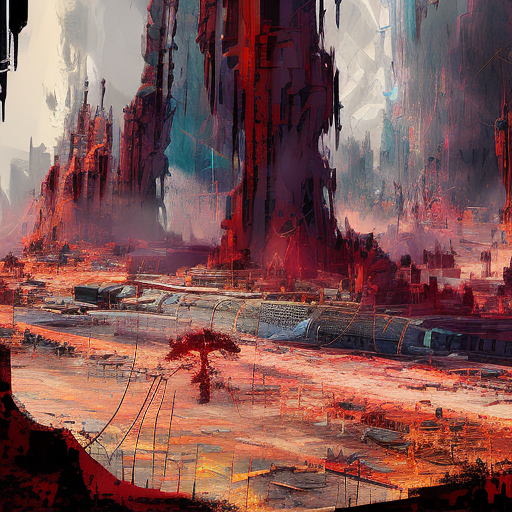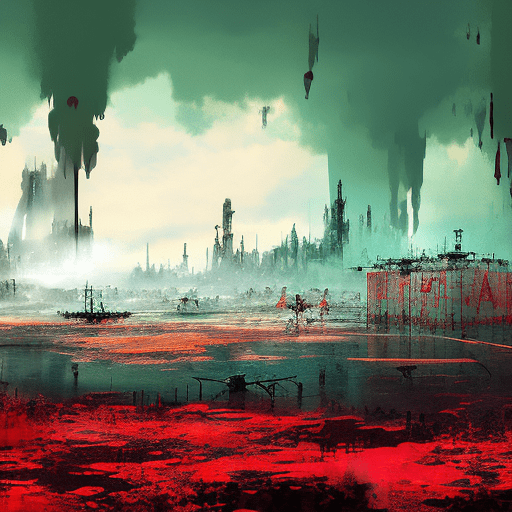One-line Summary:
In J.G. Ballard’s novel “Crash,” a group of individuals becomes obsessed with car crashes as a way to explore the eroticism of technology and the human body.
The World of Car Crashes
“Crash” takes place in a dystopian future where car crashes have become a fetishistic obsession for a group of individuals. The protagonist, James Ballard, is involved in a car accident that leads him to meet the enigmatic Dr. Robert Vaughan. Vaughan introduces Ballard to a subculture of people who are sexually aroused by car crashes and the violence they entail. As Ballard delves deeper into this world, he becomes increasingly fascinated by the intersection of technology, sex, and death.
The Eroticism of Technology
One of the central themes in “Crash” is the exploration of the eroticism of technology. Ballard portrays technology as a powerful force that shapes human desires and fantasies. The characters in the novel find sexual pleasure in the twisted metal, scars, and wounds resulting from car crashes. They see the car as an extension of the human body, and the crashes as a way to experience a heightened sense of pleasure and liberation. Through this exploration, Ballard challenges conventional notions of sexuality and pushes the boundaries of what is considered taboo.
The Human Body as a Site of Transformation
In “Crash,” Ballard also examines the human body as a site of transformation and the potential for bodily transcendence. The characters in the novel view the car crash as a transformative event that can liberate them from the constraints of their everyday lives. They see the scars and injuries as symbols of rebellion against societal norms and a way to escape the mundane. Ballard explores the idea that the body can be reshaped and redefined through the experience of trauma, blurring the boundaries between pleasure and pain.
Key Takeaways:
- The novel explores the intersection of technology, sexuality, and violence.
- Ballard challenges societal norms and pushes the boundaries of what is considered taboo.
- The characters find pleasure and liberation in car crashes, viewing them as transformative events.
- The human body is portrayed as a site of transformation and potential transcendence.
- “Crash” raises questions about the impact of technology on human desires and fantasies.
“The car crash is a fertilizing rather than a destructive event.” – J.G. Ballard
In “Crash,” J.G. Ballard delves into a world where car crashes become a source of erotic fascination, exploring the intersections of technology, sexuality, and the human body. The novel challenges societal norms and pushes the boundaries of what is considered taboo, as the characters find pleasure and liberation in the violent and transformative events of car crashes. Ballard’s exploration of the eroticism of technology and the potential for bodily transcendence raises thought-provoking questions about the impact of technology on human desires and fantasies. “Crash” is a provocative and unsettling novel that forces readers to confront their own assumptions about sexuality, pleasure, and the boundaries of the human body.












